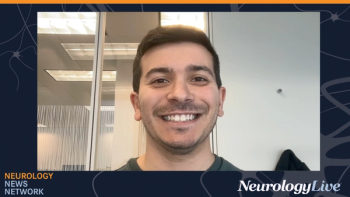
|Slideshows|October 28, 2016
ANA 2016: Selective Neuronal Dysfunction
Author(s)Samantha J. Peterson
Data blitz presentations at ANA 2016 featured studies on neuronal dysfunction and degeneration in ALS, Parkinson disease, transverse myelitis, & more.
Advertisement
Presentations at the ANA 2016 Selective Neuronal Dysfunction and Degeneration session included studies on neuronal loss in multiple system atrophy, deep brain stimulation in early Parkinson disease, treatment of transverse myelitis with dalfampridine, and a phase I trial of MSC therapy for ALS.
Newsletter
Keep your finger on the pulse of neurology—subscribe to NeurologyLive for expert interviews, new data, and breakthrough treatment updates.
Advertisement
Latest CME
Advertisement
Advertisement
Trending on NeurologyLive - Clinical Neurology News and Neurology Expert Insights
1
A Clinical Review of the 2025 Restless Leg Syndrome Guidelines
2
Repositioning GLP-1 Drugs for Neurologic Disease: Evidence, Advances, and Outlook
3
Adjunctive Pathways to Optimize Dopamine Levels in Parkinson’s Disease
4
Challenges with Commonly Available Dopamine Agonists in Parkinson’s Disease
5




















